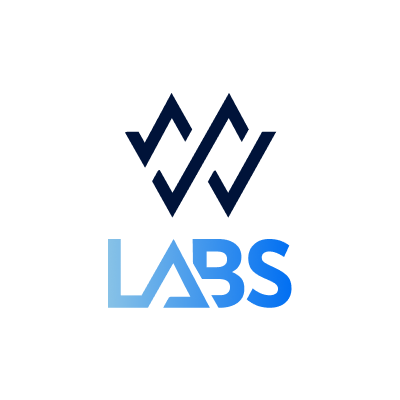Welcome back to our learning blog series – Building Blocks!
Within these blogs we aim to explore and explain concepts across the digital space. By doing so in ways that are familiar and relatable, we hope to make blockchain technology easier for everyone to understand.
Today we’re looking at the core of the DeFi space: Blockchains!

The TL;DR
-
Blockchain technology is built from cryptography, consensus mechanisms and disturbed ledgers.
-
Blockchains are a secure, transparent, fast and global technology.
-
Blockchains allow for peer-to-peer trading and interactions with no intermediaries.
-
Blockchains are currently used for digital assets and supply chain management but have potential for other uses like voting or health card records.
What is a Blockchain?
A blockchain is a network designed for storing databases. It differs from a more traditional digital database by being distributed across multiple nodes in a network, rather than being overseen by a singular entity.
Due to the distributed nature of blockchains they allow for things like peer-to-peer trading with no intermediaries. They also allow for trading and interactions globally, with no restrictions on users or location.
How does a Blockchain work?
A blockchain is built from three key parts: Cryptography, a distributed ledger, and a consensus mechanism.
-
Cryptography: A method of using mathematical algorithms to help secures online transactions, send encrypted messages, and verify digital signatures.
-
Distributed Ledger: A database that is spread across multiple locations or nodes instead of being centralized in one place. No one entity manages or maintains the database, instead multiple copies are distributed and syncronised across the network.
-
Consensus Mechanism: A way for all the nodes in a network to agree that a transaction is valid and should be added to the chain. This is the piece that helps maintain the integrity of the blockchain. There are multiple types of consensus mechanisms, such as Proof of Work (PoW) and Proof of Stake (PoS).
Every time you make a transaction on the blockchain, that record is verified by the consensus mechanism then added to the next block in the network. The blocks are recorded on the distributed ledger where anyone can see the history of the transaction.
What are some benefits of Blockchain technology?
Security: Blockchain transactions are immutable, meaning they can’t be changed or deleted. Cryptography and a decentralized database means the system is incredibly difficult to change or hack.
Transparency: All transactions are viewable to everyone, allowing for easy audits and reliable information. This also helps build trust with the community as no one can hide or obscure their actions.
Speed: By allowing peer to peer interactions with no intermediaries, transactions are fast and secure on a blockchain network.
Global without restrictions: Blockchains are accessible worldwide to anyone with an internet connection. The distributed network allows connections to any user, anywhere with no issues.
What can Blockchains be used for?
Blockchain technology can be used for a wide range of purposes. When most people think about blockchain, they think about cryptocurrency. However, there’s so much more beyond digital assets that blockchains could do.
Let’s look at a few current uses and a few proposed future uses!
Digital Assets: This is what cryptocurrency falls under, but it can also include things like NFTs, governance tokens, and stablecoins. Basically, any token, coin, or proposed asset that is given value can be traded on the blockchain. Through smart contracts and cryptography, blockchain technology keeps these transactions irrefutable and permanent.
Supply Chain Management: Companies these days are massive, global spanning enterprises that have huge networks of supply chains to manage. Places like Amazon and Walmart have been using blockchain technology to track shipments between multiple carriers and companies that are needed to get products from point A to you.
Health Records (Proposed Use): Currently a lot of health care practices have their patients' health records stored in a database with a central location and limited access. When you move practices, or are travelling, access to your health records can be hard.
Image if health records could be stored on the blockchain – controlled by you, but able to be accessed by any practice, no matter their location, as soon as you give permission. Any updates to your records would be shared by all your doctors, helping to prevent missed information or medicinal conflicts.
Voting (Proposed Use): Due to the immutable nature of blockchains, having a voting system on the blockchain could help keep clear records, and allow for easy voting anywhere!
Wrap Up
Blockchains are versatile and secure technology with applications beyond just cryptocurrencies. As adoption of this technology continues to grow, it’s revolutionizing how data and transactions are managed globally.
Accessing blockchains and the benefits they bring to DeFi is a key part of the Wonder Wallet. Android early access is now open, and we invite you to check out the Wonder Wallet today!
You can also follow us on X or hop into Discord for all the latest news and updates, and we’ll see you in the next Building Blocks where we’ll tackle NFTs!
